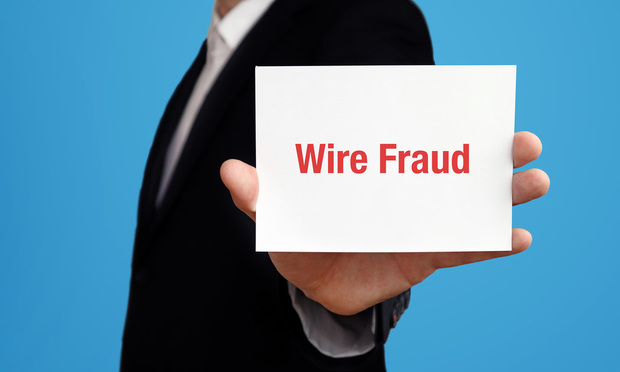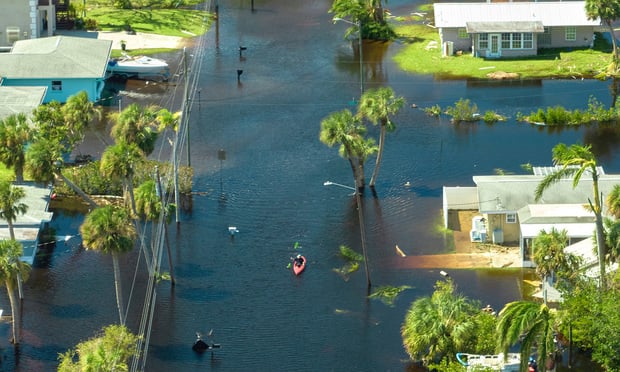When thinking of environmental insurance, the usual suspects come to mind: companies that handle large volumes of toxic materials and firms involved in waste management. But recent natural and man-made disasters have led to significant environmental consequences for unprepared companies of all sizes and industries—construction, higher education, hospitality, technology, retail, life sciences, pharmaceutical, telecommunications, agriculture, and more. No wonder more business owners today are rethinking the need for environmental impairment liability (EIL) coverage.
[Related: Does you current insurance program protect you against stormwater discharge claims?]
Here are four important reasons why businesses of all sizes and classes are potentially at risk.
1. Passive liability
When it comes to environmental exposure, the two most important words for any business owner to remember are passive liability. In other words, the property owner where an environmental spill settles is legally liable for the cleanup—regardless of whether or not the incident was the company's fault or even its material. Even conscientious property owners who do everything possible to comply with environmental regulations may find themselves at risk for this type of exposure.
Several commercial building owners in lower Manhattan found themselves faced with passive liability situations when flooding occurred in the underground parking garages of their properties. The storm surge floodwaters compromised boilers, diesel tanks, and transformers, filling lower floors with contaminated water. In some cases, the extensive cleanup meant tenants could not return for more than two months and the building owners suddenly had to confront the reality of an incident that had a hugely disruptive effect on their business.
Most commercial general liability (CGL) policies have significant limitations or exclude pollution-related claims outright. EIL insurance protects clients actively involved in a spill as well as those passively involved but still liable. EIL policies provide coverage for bodily injury, property damage, defense costs, cleanup and restoration expenses, loss of rents and business interruption.

Lower Manhattan during a power outage. (Felix Lipov/Shutterstock.com)
2. Power outages
EIL exposure comes from both natural and man-made disasters and this exposure is particularly evident in our nation's electrical grid, which—terrorist threats aside—already has more blackouts than in any other developed nation. In the past decade, the number of U.S. power outages lasting more than an hour has steadily increased. According to federal data, the U.S. electric grid loses power nearly four times more often than it did in 1984 when blackout data was first collected. These outages have cost American businesses as much as $150 billion per year as reported by the U.S. Department of Energy.
Any company could easily find itself in a similar situation to one manufacturer, a cellphone case maker, that uses a process involving plastic extrusion. A sudden disruption in the local power supply shut down its pollution control equipment, resulting in a discharge of untreated waste that exposed neighbors to harmful fumes and spilled contaminants into the sewer. Almost immediately, local, state, and federal environmental officials came knocking at the manufacturer's door, along with concerned citizens and media. While losing power once meant no lights for a few hours, with today's IT infrastructures powered by electricity, the operational consequences of even a minor blackout can be far-reaching. Even having a backup generator is no guarantee against disruption, since generators often run out of fuel or suffer performance problems when operating continuously for more than a limited period.
EIL covers contamination resulting from waste water discharged into a body of water as well as waste material seeping into the soil or penetrating the ground water. EIL policies also cover exposures arising from toxic air emissions, including problems impacting a facility's indoor air quality as a result of problems with the HVAC systems, for example.
3. Not as harmless as you think
Materials need not be classified as a hazardous waste, or chemical, fuel or petroleum product to create an EIL loss exposure. Environmental claims encompass a broad spectrum of potential contaminants, some of which are seemingly benign, yet wreak havoc when spilled in large quantities into habitats where they're not supposed to be. For example, environmental claims have resulted from cooking grease poured down a drain over a prolonged period of time that ultimately created noxious fumes in a city's sewer system.
EIL fills the coverage gaps created by a host of environmental exclusions common in CGL policies, including pollution, fungus, mold, bacteria, lead and more depending on the policy.

(Photo: ChiccoDodiFC/Shutterstock.com)
4. Public scrutiny
A badly handled environmental problem can diminish a brand and haunt a business for years. Because the majority of environmental incidents can negatively impact people's health, quickly responding to—and minimizing—an environmental event is crucial. There's a business imperative to do something, and if you don't, the company's reputation may be irreparably damaged.
[Related: Market checkup: Environmental cover]
The general public's sensitivity to the consequences of environmental events is far greater than it was 30 years ago, heightened by catastrophic occurrences such as oil spills and the increased frequency of intense natural disasters like Hurricane Katrina and the 100-year Colorado flooding. Furthermore, with today's improved testing methods and modern record-keeping technology, it's far easier to assign liability and link people or companies to the trash and waste streams they've created. As such, businesses face greater EIL exposure. While public reaction cannot be controlled solely by having coverage, an EIL policy can help mitigate the effect of an environmental event, allowing businesses to respond quickly and minimize negative commentary.
Today, social media allows everyone to interact, express opinions, and mobilize around environmental issues against corporate offenders, large and small. Indeed, local citizens are increasingly driving national conversations. When the six-day ban on drinking water in West Virginia due to contamination was lifted, a citizen with fewer than 1,500 Twitter followers questioned the decision by posting a photo of her bathtub filled with the still-murky water. "Would you drink this?" she asked. Within hours the photo was shared 3,500 times, reaching an audience of millions and prompting state officials to redouble their efforts. In the Internet age, bad news travels fast and lives forever.
William McElroy is senior vice president of Environmental Liability for Liberty International Underwriters.
Want to continue reading?
Become a Free PropertyCasualty360 Digital Reader
Your access to unlimited PropertyCasualty360 content isn’t changing.
Once you are an ALM digital member, you’ll receive:
- Breaking insurance news and analysis, on-site and via our newsletters and custom alerts
- Weekly Insurance Speak podcast featuring exclusive interviews with industry leaders
- Educational webcasts, white papers, and ebooks from industry thought leaders
- Critical converage of the employee benefits and financial advisory markets on our other ALM sites, BenefitsPRO and ThinkAdvisor
Already have an account? Sign In Now
© 2025 ALM Global, LLC, All Rights Reserved. Request academic re-use from www.copyright.com. All other uses, submit a request to [email protected]. For more information visit Asset & Logo Licensing.








